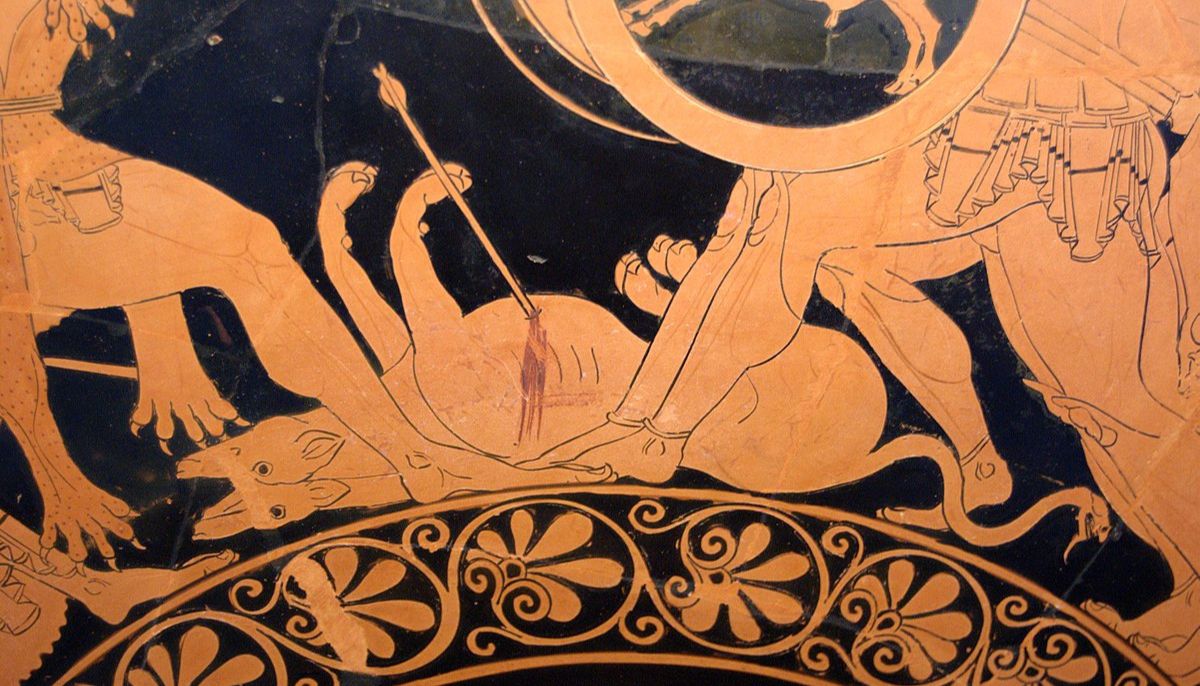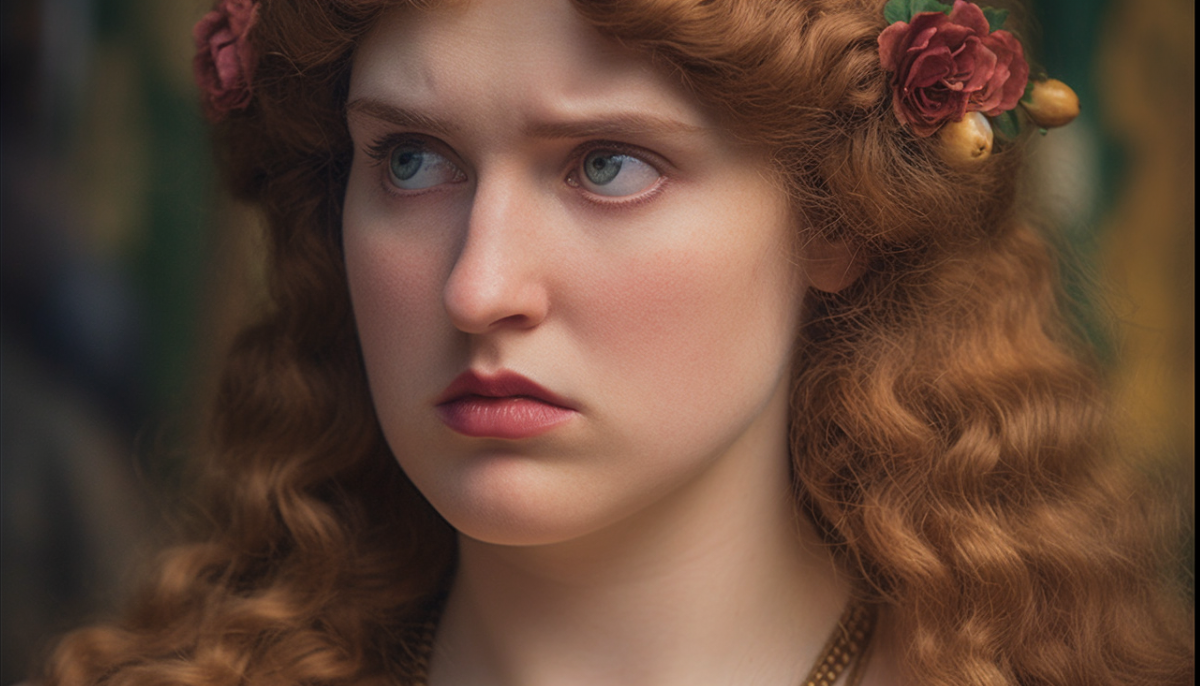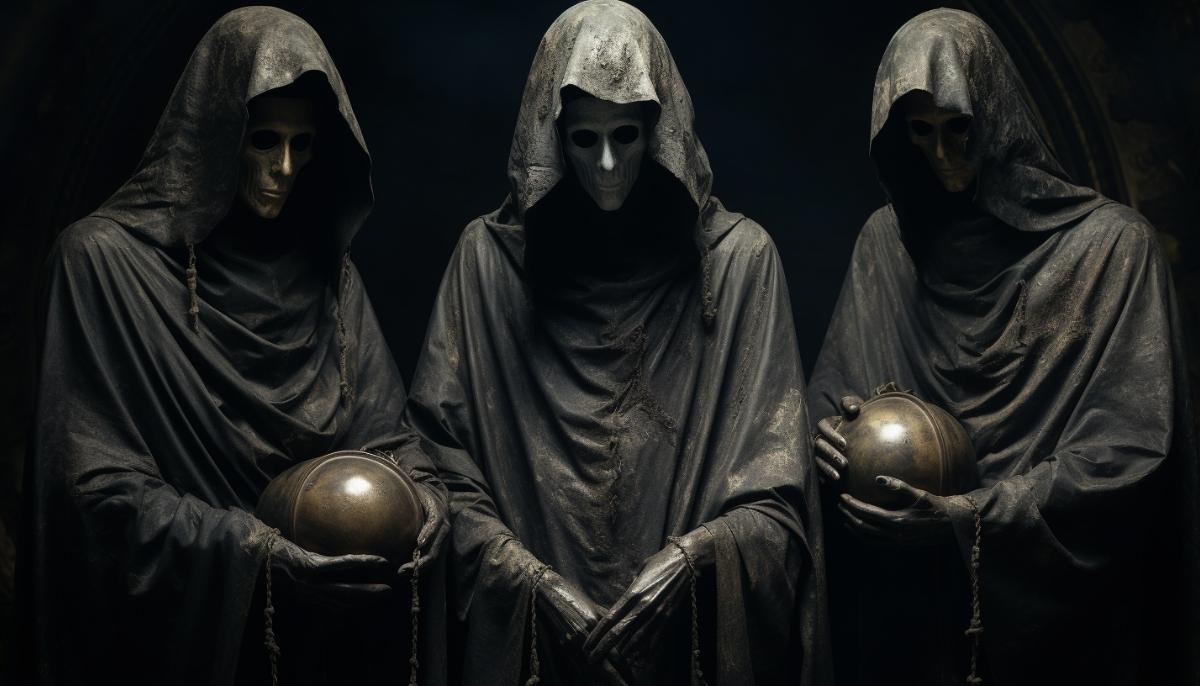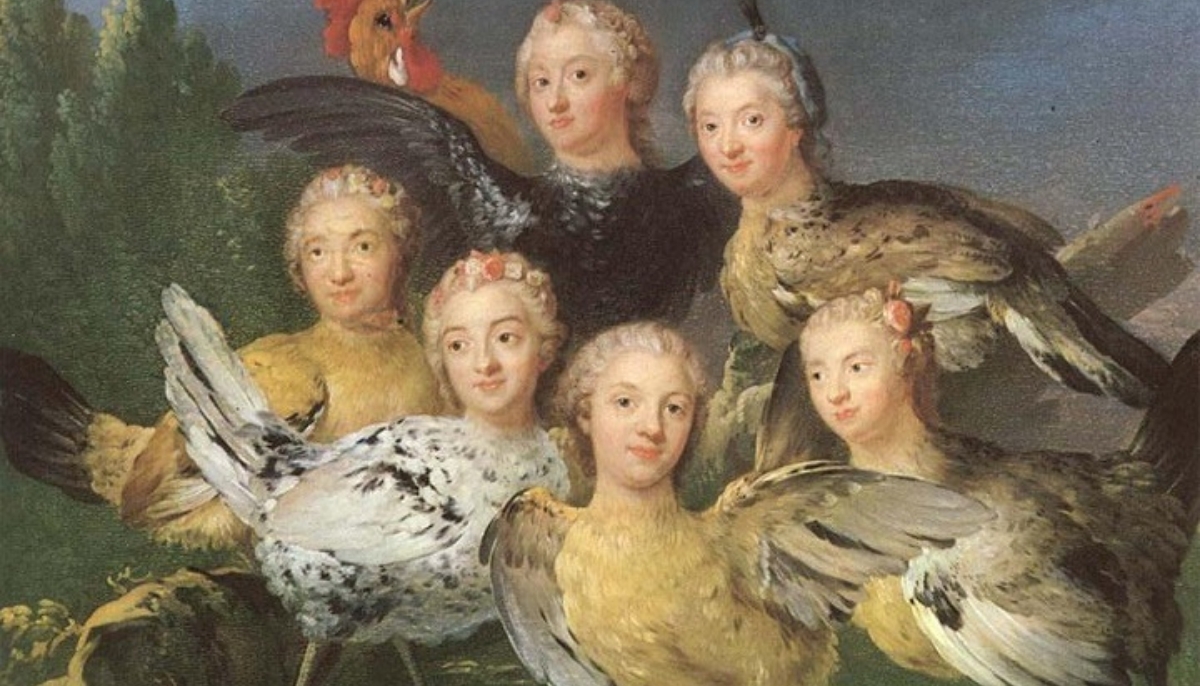In the pantheon of Greek mythology, monsters of formidable might and curious origins were no rarity. Among them, Orthrus, the two-headed, serpent-tailed dog, carved a fearsome reputation as the loyal guardian of Geryon’s prized cattle on the island of Erytheia.
This article delves into the details of Orthrus’ appearance, his creation, and explores the intriguing connection between Orthrus, Cerberus, and other monstrous siblings in the lineage.
Join us as we unravel the mystique surrounding this enigmatic creature.
What did Orthrus look like?
Orthrus was a creature of singularly fearsome aspect. With two menacing heads crowned by snarling jaws, and a serpent’s tail in lieu of hindquarters, he struck terror into the hearts of any who dared cross his path. His fearsome appearance was compounded by the crimson glow of his eyes, a fiery testament to his monstrous lineage.
Creation of Orthrus
Orthrus’ origins were deeply entwined with the chaotic forces of the universe. Born to the she-dragon Echidna and the monstrous Typhon, Orthrus emerged alongside a brood of equally fearsome siblings.
Among them were the infamous hound Cerberus, the three-headed lion Chimera, and the enigmatic Sphinx. Each sibling bore the mark of their otherworldly parentage, wielding powers beyond mortal ken.
Are Cerberus and Orthrus related?
Both born of the union between Echidna and Typhoeus shared a lineage steeped in primordial chaos. While Orthrus guarded the cattle of Geryon, Cerberus stood sentinel at the gates of the Underworld, ensuring that none would pass without the sanction of the gods.
Though separated by realms, these two hounds of Hades embodied the indomitable spirit of their monstrous lineage. Their loyalty and unwavering vigilance made them legendary, their names etched into the annals of Greek mythology as guardians of the highest order.
The mythology of Orthrus
Orthrus’s primary role was as the loyal protector of Geryon’s prized cattle, which he undertook with unyielding determination. This duty was no chore; it reflected Orthrus’s innate connection to chaos and the wild.
His two heads, ever vigilant, served as sentinels against any intruder who dared encroach upon the domain of the giant Geryon.
Orthrus and Heracles
One of the most renowned stories involving Orthrus is his fateful encounter with the mighty Heracles (Hercules). As part of his Twelve Labors, Heracles was tasked with capturing Geryon’s elusive cattle.
However, Orthrus and his herdsman Eurytion stood as formidable obstacles. Heracles demonstrated his unparalleled strength in a fierce clash by slaying Orthrus and Eurytion, securing the cattle for his heroic endeavor.
Classical Sources of Orthrus
The tales of Orthrus’s exploits are chronicled in several classical sources. Hesiod’s “Theogony” offers crucial insights into Orthrus’s lineage and parentage. Furthermore, the accounts of Pseudo-Apollodorus in his “Bibliotheca” shed light on the confrontation between Heracles and Orthrus, marking a pivotal moment in the hero’s legendary exploits.
Orthrus’s significance in Greek mythology lies in his fearsome form and the deeper symbolism he carries. As a guardian of chaos, he exemplifies the eternal struggle between order and the primal forces that underlie the cosmos.
His legacy is a testament to the enduring power of untamed nature in the face of civilization’s march toward order and structure.
Want to know more about the creatures and monsters of Greek Mythology?
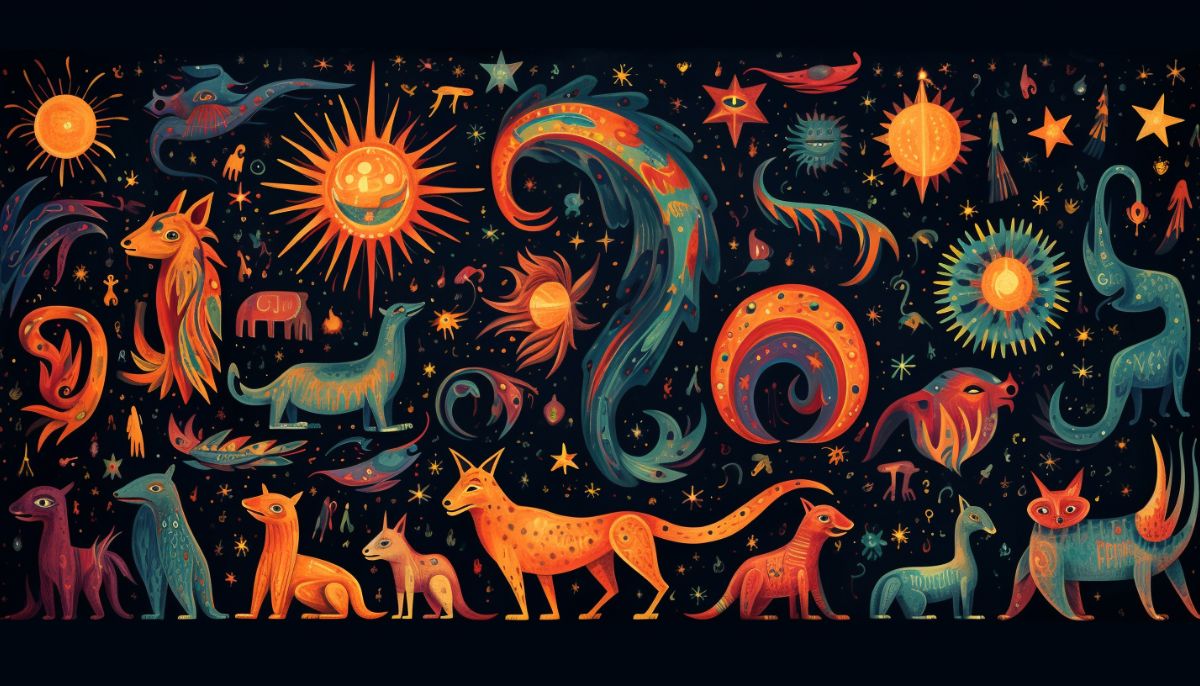
Explore more articles like this in our broader series on Greek monsters. To delve even deeper into the world of mythical creatures, be sure to check out our comprehensive hub article on the monsters of Greek mythology.
